Roadmap
The DFINITY Foundation is committing R&D resources in various domains of development with the intent of making the Internet Computer blockchain more efficient, faster and easier to use. This roadmap shows the status of many projects across the Internet Computer stack, but not all - more to come over the next few weeks.

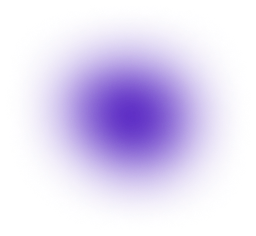

Core Protocol
Roughly 43 percent of the technical contributions from the R&D team at the DFINITY Foundation revolve around making the Internet Computer protocol verifiably decentralized, efficient, scalable, and interoperable with other blockchains. The core protocol involves all things replica, including the system, the networking layer, consensus, the execution environment and crypto libraries.
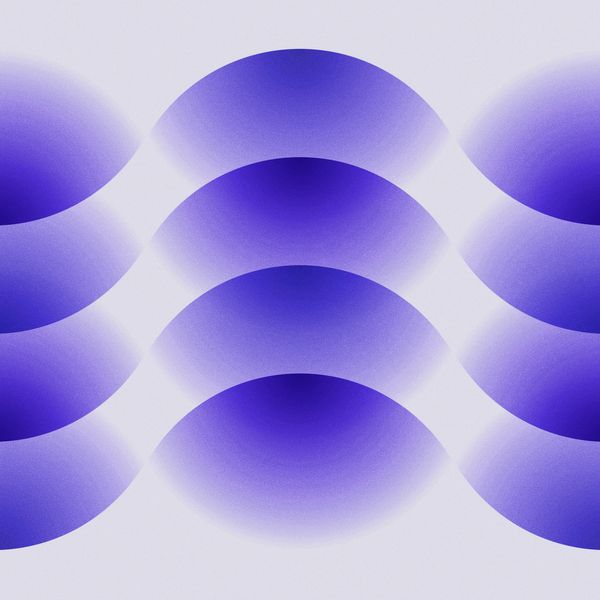
Boundary
R&D contributes about 6 percent of its resources to features related to edge infrastructure. Features such as Search Engine Optimization, boundary nodes, streaming support and custom URLs fall into this domain.
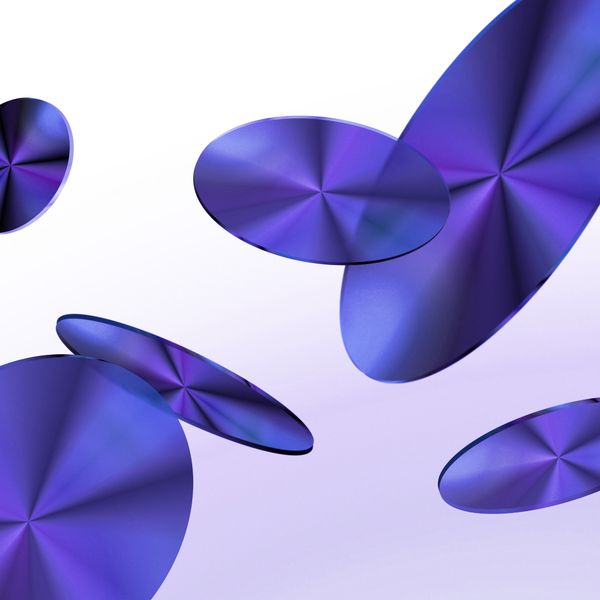
System Utils & Dapps
8 percent of R&D's efforts are currently devoted to system utils & dapp. This includes the NNS front-end dapp, Internet Identity, and token standards.

Governance
Work in this domain establishes governance on the Internet Computer and subsumes the Network Nervous System (NNS) and governance-related services such as the service nervous system (SNS), taking up around 12 percent of the DFINITY team's resources.
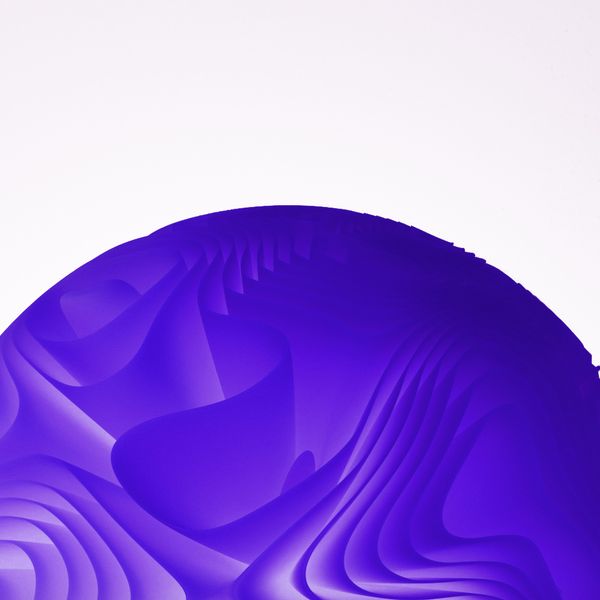
Developer Experience
The R&D team at the DFINITY Foundation wants to make sure that developers can start building on the Internet Computer with confidence and ease, which is why at least 14 percent of its resources are allocated to building developer toolkits that support various programing languages, including Motoko.
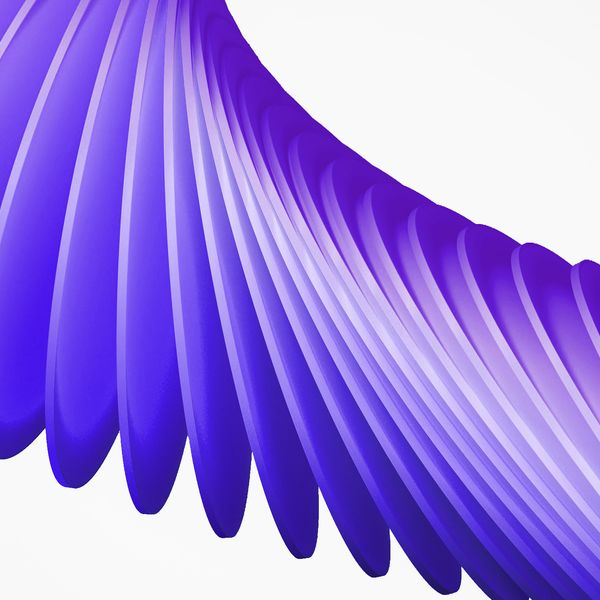
Infrastructure & Operations
Contributions to the infrastructure and operation of the Internet Computer make up around 17 percent of DFINITY's R&D resources.
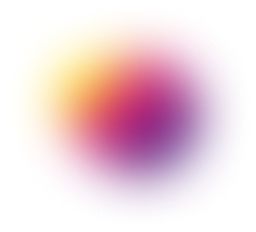
Community Engagement
Join the conversationCommunity Submissions
What features would improve your experience on the Internet Computer?
Submit your suggestionsLive Sessions
Join live sessions with R&D to get informed about the upcoming technical proposals and contributions to the Internet Computer roadmap.
Reserve your seatDeveloper Grants
Do you have innovative ideas for building on the Internet Computer and need funding to launch your project? The DFINITY Developer Grant Program provides support to promising developers around the globe.
Apply for GrantsMajor Roadmap Achievements
The Internet Computer has come a long way since its launch in May 2021.

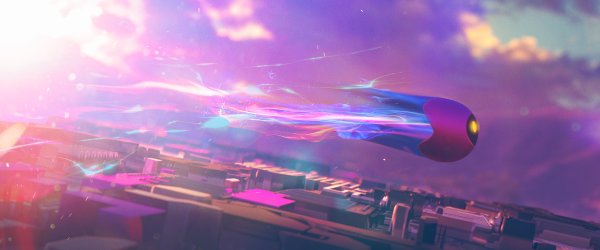
Motoko Smart Contract Language
Motoko is a new programming language for smart contracts. It is designed to seamlessly support the programming model of the Internet Computer and makes it easier to take advantage of the unique features of the blockchain. Motoko is strongly typed, actor-based, and has built-in support for orthogonal persistence and asynchronous message passing. Productivity and safety features include automatic memory management, generics, type inference, pattern matching, and both arbitrary- and fixed-precision arithmetic. Messaging transparently employs the Internet Computer’s Candid interface definition language and wire format for typed, high-level, and cross-language interoperability.
Learn more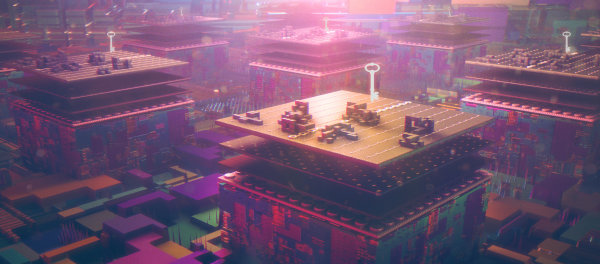
Chain Key Cryptography
Chain Key cryptography is one of the fundamental breakthroughs enabling the Internet Computer to scale to millions of nodes. The most notable innovation of Chain Key cryptography is that the Internet Computer has a single public key, which enables any device to verify the authenticity of artifacts generated by the Internet Computer, even smart watches and mobile phones.
Learn more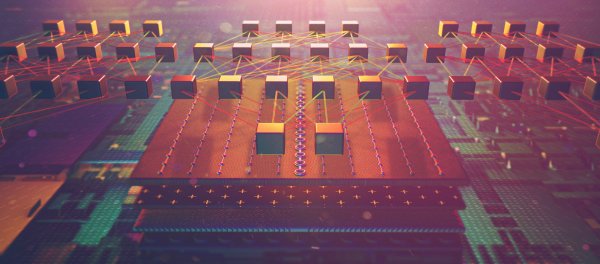
NNS: Internet Computer Blockchain Governance
The Network Nervous System (NNS) is the open algorithmic system governing the Internet Computer blockchain. Its most notable innovations include its ability to upgrade the Internet Computer protocol and software running on node machines, onboard new node providers, add node machines into the blockchain network, and create new subnet blockchains to increase capacity. Anyone can participate in the NNS by staking ICP tokens into one or more neurons. Neurons can submit proposals and decide to adopt or reject them. The NNS implements liquid democracy: neurons can follow other neurons a delegate voting power.
Learn more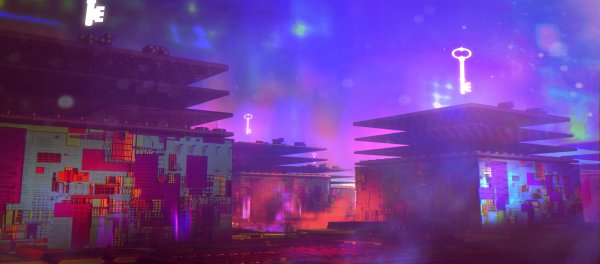
Noninteractive Distributed Key Generation
NIDKG is a cryptographic protocol to distributedly generate key shares for each of the nodes participating in a subnet blockchain. It applies advanced cryptography, including encryption with forward secrecy and noninteractive zero-knowledge proofs of correct key sharing.
Learn more
Internet Identity: Anonymizing Blockchain Authentication System
Today, the main means of identity and authentication prevalently used online are usernames and passwords. The Internet Computer blockchain has replaced this model with a more advanced and much more secure method of cryptographic authentication that is more convenient, works across all of a user's devices, and helps to protect user privacy.
Learn more
Internet Computer Consensus
The Internet Computer blockchain runs on a network of nodes in independent data centers located around the world. In each of its subnet blockchains, the participating nodes must process the same messages in the same order to ensure that they achieve the same state. To this end, the Internet Computer relies on a novel consensus protocol, as described in this presentation.
Learn more